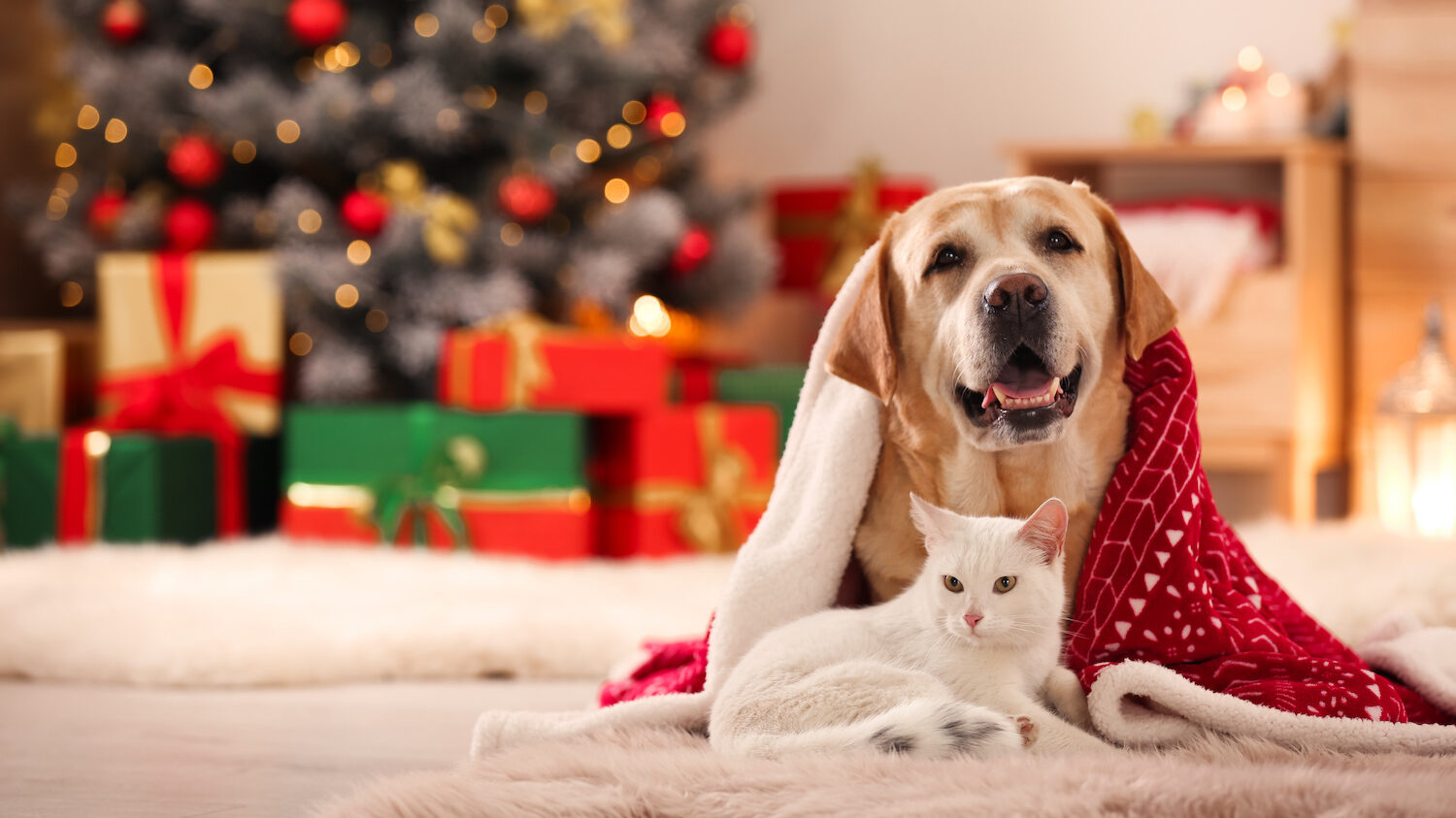
The holiday season is up, and you might be up to travel with your family, friends, or even just yourself. But don’t forget about our adorable fur babies, especially since the Holidays are around winter. If you live in the northern states, it’s better to take extra care of your pets and observe their behavior during the cold season. It’s even better to check up on your vet when the winter season starts. You can check around the top vets near your area or search for the best vets in Chicago, New York, or wherever city you are. But if you want more details on caring for your pets, continue reading this article!
Traveling With Your Fur Baby
When preparing to travel, you must prepare your things and your fur baby, especially if you plan on bringing them alone—the first of many factors to consider if traveling with a pet is the place to stay. When booking a hotel or an Airbnb, ensure they allow pets within the establishment. Staycation places won’t adjust their guidelines for you, and you don’t want to book a pet hotel for your fur baby in an unfamiliar city. So check the place’s guidelines and protocols before making your reservation.
Another note to consider is your pet’s things and the mode of transportation you travel. A record of vaccines for your dog or cat is needed to protect your pet’s safety and ensure that it is healthy enough to travel. When flying, health certificates are also crucial. Before traveling, you might consider speaking with the veterinarian beforehand. Besides health records, personal items like clothes, food, and food/water container are also a must.
Regarding the mode of transportation, a different method has different guidelines. Of course, it is better and easier if you travel using a private car, but when traveling by air or water, check if they allow pets on board. Additionally, avoid forcing your pet to travel by airline if they have a brachycephalic (commonly known as “Snub-nose”) head type. They are prone to respiratory issues because of the design of their skulls. Their breathing is sometimes blocked because their nostrils are shorter than dogs with normal-length noses.
Looking After Your Pets During Winter
- Keeping Them Warm. Our pets may have their fur, but an extra piece of clothing can always help you stay cozy. But also remember that Animals need to be encouraged to use their innate grooming impulses. Another is to ensure your pet has access to a warm, dry shelter if it is an outside pet. If you don’t already have one, consider acquiring one so your pet may quickly enter and exit the home when it’s time to get warm.
- Grooming. It may seem incredible to let its fur grow particularly long to keep your cat warm throughout the winter, but a longer coat requires more upkeep. Matting and knots are more likely to occur in long coats. To prevent them, you must continue brushing regularly. Being outside in the winter also means your pet will inevitably become muddy from the muck that comes with rain. It implies that your pet will require more bathing.
- Consider the different needs of different pets. It is recommended for common pets like dogs and cats to keep them active during the winter season. You can do it by going outside occasionally or accompanying them with toys at home. However, if you own a hedgehog or a hamster, they may hibernate during winter. If this happens, all you need to do is to keep them and their environment warm. But if you are concerned about your pet’s health, consulting a vet right away might be better.
